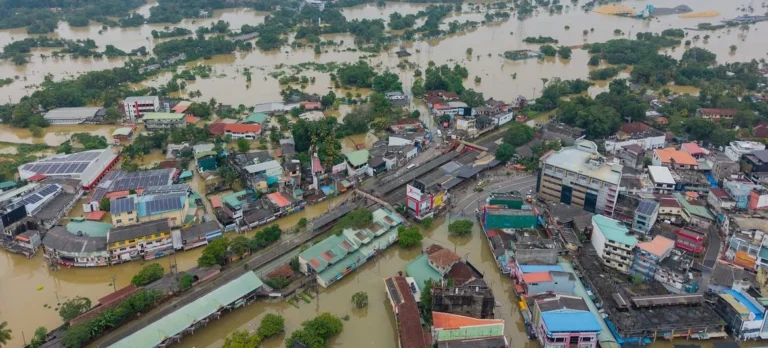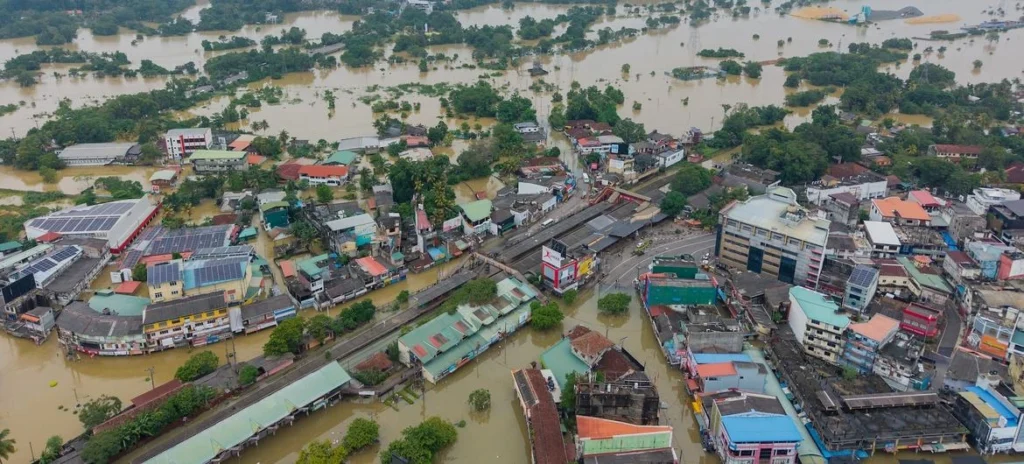Even as Sri Lanka begins to recover from its worst economic crisis in decades, thousands of Sri Lankans continue to seek opportunities abroad. What’s fueling this persistent wave of migration, and what does it mean for the country’s future?
A Nation in Motion
In the aftermath of the 2022 economic crisis, the sight of long queues at passport offices and consular sections became symbolic of a collective desperation. Doctors, engineers, teachers, students, and laborers alike were all caught in the same thought spiral, “Is there a better life elsewhere?”
Fast-forward to today, and although the immediate panic has passed, the movement hasn’t stopped. Sri Lankans are still leaving. But why?
The Push Factors: What’s Driving People Away
- Economic Uncertainty Still Lingers
Despite some signs of macroeconomic stabilization, day-to-day life for many remains a struggle. The cost of living is high, wages are stagnant, and essentials, from fuel to medicine, are still expensive or inconsistent. For many, economic recovery is still a policy headline, not a reality. - Lack of Trust in Governance
There’s a growing disillusionment with the political and bureaucratic class. Many young professionals, in particular, feel that the system is rigged against meritocracy. Corruption, nepotism, and policy flip-flops have eroded faith in building a future at home. - Education and Career Limitations
Students who once dreamed of public university placements now explore foreign scholarships as a route out. Professionals find career growth stunted by limited job opportunities or outdated systems. The lure of better training, salaries, and upward mobility abroad becomes hard to resist. - Safety, Stability, and Quality of Life
For families, the decision is often about providing a safer, more stable environment for children. With political volatility, social unrest, and economic unpredictability still fresh in memory, the idea of long-term security elsewhere is deeply attractive.
The Pull Factors: Why Abroad Looks Better
- Better Earning Potential
Whether it’s the Middle East, Europe, Australia, or Canada, the promise of earning in stronger currencies is a major draw. Many migrant workers are able to support not just themselves, but entire families back home through remittances. - Structured Systems and Opportunity
For professionals, countries with clearer legal systems, stronger worker protections, and better healthcare and education feel like environments where their skills and efforts are valued. - Migration Pathways Are Now More Accessible
Governments around the world, especially in countries facing their own labour shortages, are actively courting foreign talent. Nursing and construction are two examples where fast-track visas and recruitment drives have drawn in many Sri Lankans.
Who’s Leaving, and Where To?
The profile of migrants has shifted. Traditionally, migration was dominated by domestic workers and unskilled laborers heading to the Middle East. Today, the list includes:
- Medical professionals heading to the UK and Australia
- IT specialists and engineers drawn to Canada, Germany, and the UAE
- Skilled tradespeople moving to New Zealand and Australia
- Students seeking long-term migration pathways through education in the UK, Australia, and Eastern Europe
And then there are those opting for irregular migration routes, taking enormous personal risks through human smuggling or visa overstays, in search of better pay or legal status abroad.
The Emotional Cost: Families Left Behind
Behind each migrant is a web of human connection, parents, spouses, children, friends. For many families, the cost of migration isn’t just financial, it’s deeply emotional.
Children grow up with one or both parents working overseas. Elderly parents spend their final years in isolation. Entire communities change as once-familiar neighborhoods become increasingly empty or reliant on remittances.
Remittances: A Double-Edged Sword
It’s no secret that foreign remittances form a critical pillar of Sri Lanka’s economy. In 2023, they reached nearly USD 5.9 billion, propping up foreign reserves and supporting household income. But this dependence also masks deeper structural issues.
Remittances can:
- Fuel consumption without spurring local production
- Reduce pressure on the government to create jobs
- Delay urgent reforms in labor, education, and entrepreneurship
What’s Being Done, And What’s Missing
The government has made some efforts to regulate and streamline foreign employment, including better protection for migrant workers and facilitating foreign job placements. But these are short-term measures.
What’s lacking is a long-term vision to retain talent.
- Brain drain in the healthcare sector is already leading to shortages in rural hospitals
- Loss of youth leadership is weakening civil society and innovation
- Dependency on migration as a safety valve is discouraging accountability
Unless deeper systemic reforms, economic, educational, and governance-based, are implemented, the country will continue to bleed talent.
Is Migration Always Bad? Not Necessarily.
Migration, in itself, is not a problem. In fact, diasporas can play a powerful role in national development, through remittances, knowledge transfers, and investment. But it becomes problematic when people feel forced to leave rather than choosing to explore.
When migration becomes the default solution to every problem, unemployment, underemployment, lack of safety, frustration with governance, it signals something broken at home.
Where Do We Go from Here?
If Sri Lanka is to truly move forward, the country must shift from crisis management to system-building. That means:
- Creating meaningful local job opportunities
- Strengthening education with future-ready skills
- Reforming governance to restore faith in institutions
- Supporting returnees with reintegration programs
- Investing in public healthcare, transport, and infrastructure
Sri Lankans will always travel, seek adventure, explore. But the goal should be a nation where migration is one of many choices, not the only escape route.
Final Thoughts
The question isn’t just “Why are they leaving?”
It’s “Why aren’t they staying?”
Until we face that question head-on, Sri Lanka will continue to lose not just its workforce, but its future.
Check out for more – https://ceylonpublicaffairs.com/











